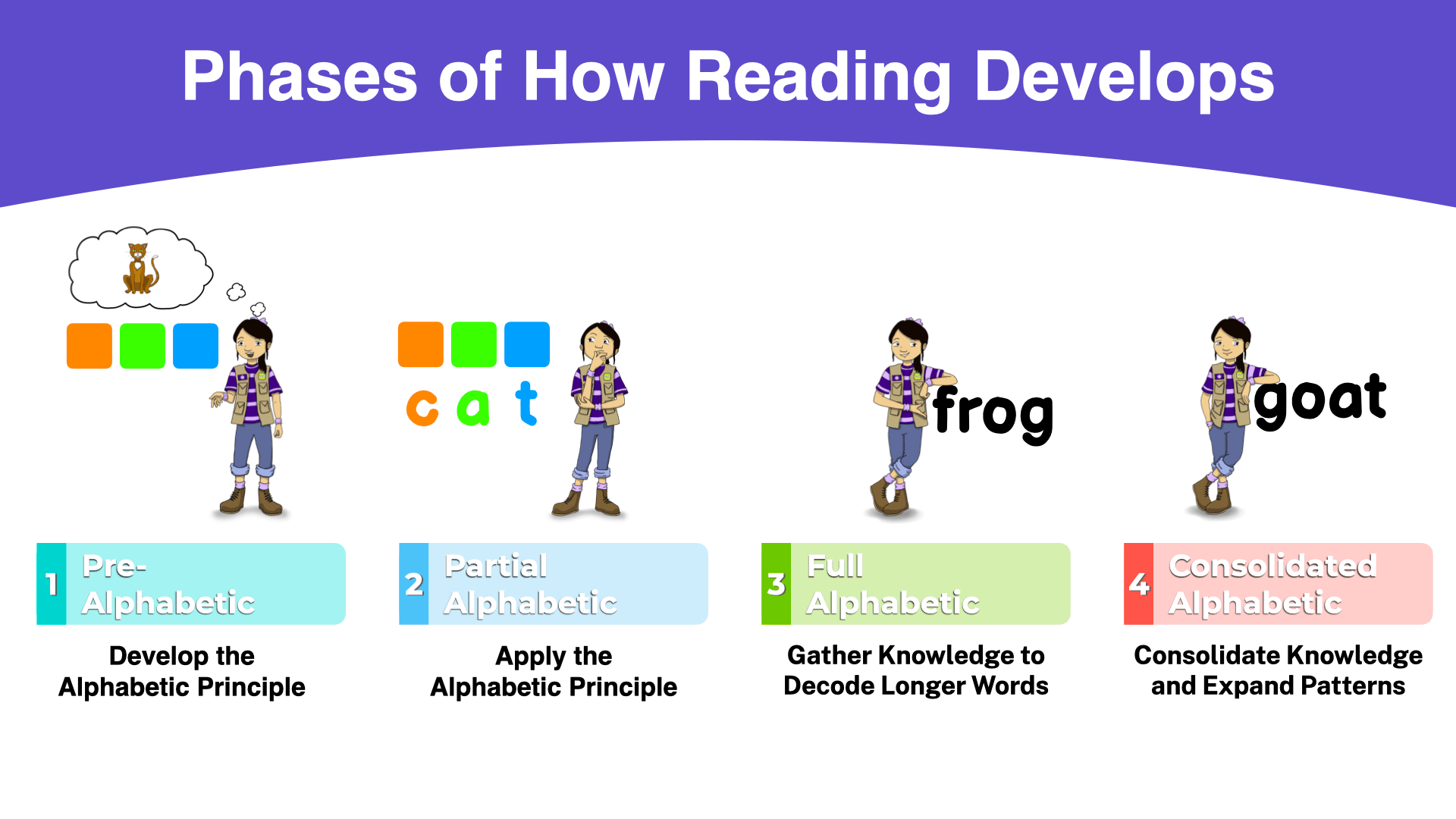Are you looking for powerful instructional strategies to teach English Language Learners? Here’s what you should bring to your classroom no matter where you teach.
______

WordScientists Team | www.WordScientists.org
As an English Language Learner (ELL) myself who now teaches other ELL students, I dare to say learning a new language is one of the most challenging projects for any human being. Yet, it is also one of the most fascinating undertakings because it has so many different meanings on various levels: Not only do you get to learn how to speak a language, but you are also exposed to a whole new culture and a thought system. As a result, you develop a new perspective, new personality, and new YOU by learning a different language.
Well, this may sound too rosy or cheesy for some of you who struggle to teach English to ELL students. Teaching ELLs, in the sense that you help your students learn and experience something that may not have been possible before, can really be rewarding; but all the day-to-day tasks it entails may not always be exciting. Because ELL students are learning English as a whole new language system including reading, listening, speaking, writing, and understanding, your approach must be systematic and strategic. With that said, below are some tips that could help you navigate your way through when teaching ELL students, setting both you and your pupils up for success.
1. Stick to the basics.

Make sure your instructions are based on the science of reading, or how reading develops. Stick to how your students’ literacy and language skills develop and make sure they go through each and every phase of development. For example, you don’t want to try teaching how to read multisyllabic words when they don’t know how to decode one-syllable words; or try teaching how to sound final blends when they struggle with individual letter sounds. So, this first tip is actually the rule of thumb—stick to the basics and build a strong foundation. Explore the four phases of word reading development and see where your students can most benefit.
2. Focus and conquer.
Have you ever thought that teaching too many things at the same time could be problematic? This is especially true for ELL students because English is not their first language and, without a strong foundation, they might just build a sandcastle with a plethora of information. So, particularly if you are teaching young ELLs, focus on foundational skills and conquer each piece along the way. For example, you could teach how to decode one-syllable words while reading the book but do the comprehension activities in their home language. Once their foundation becomes strong, the rest will follow. Check out our Fast Free Phonics books and start building a strong foundation for your students.
3. Document, document, and document.
I can’t stress enough the value of documentation. How to document is up to you. If you’re more of an analogue person, your document could be your notebooks or scrapbooks. If you’re more of a digital person (like me), you could use different platforms or programs to simply replace the papers. Yet, what to document is crystal clear either way: Everything. This includes what you taught, how they reacted, what errors they made, what their strengths and weaknesses were, what the next steps would be, and everything else. Unless it’s a one-off mistake due to the blurry screen or anything like that, what they got wrong in the first place is most likely to happen again, sooner or later. So your documentation will be your guide to put together targeted interventions as you go to make sure your ELL students are right on track. Each of our assessment activities comes with Observation Checklist PDF documents, so try them out to save your time.
4. Make it fun, more fun.
You may wonder: How can learning be fun? This question has a valid point because learning comes with a set of discipline, effort, and commitment. However, learning another language is a lifelong process. So when you deal with younger students who have just started learning English, try to make their first experience extremely fun. We all know that first impressions are very important and their first encounter with English will have a lasting impact. You don’t want your ELL students to feel like learning English is just too much hard work, boring, or not interesting at all. Next time you go into your classroom, take full advantage of our videos, funny stories, visuals, and puppet characters to engage your students. I bet they will love it!
5. Integrate the home language as much as possible.
This may look plain simple, but it is more than just speaking the home language in an ELL classroom. It is a careful and selective integration process to utilize the home language as a bridge to learning English. For example, if you are about to read a book about sea creatures, spend 5-10 minutes discussing different kinds of fish or sea creatures your students know in their home language. Why you should do this is twofold: 1) You will see your students get excited immediately while talking about things they know in a familiar language, and 2) You can pick up some vocabulary, facts, or stories they have to enrich your instruction with diverse background knowledge. Be creative when integrating the home language and you’ll find more than one way to do so. For instance, your students can discuss story messages or summarize the informational text in the home language, before writing their own response in English using the academic language frame.
6. Stop translating everything into the home language.
This one may sound contradictory as I have just told you to integrate the home language into your ELL classroom. Well, actually, it is not, when you think of the difference between ‘integrating’ and ‘translating.’ The point is to avoid the habit of translating every single word into the home language every time your students learn a new vocabulary word or read a new book. You are teaching them how to read, speak, write, and listen to English, not how to translate English into their home language. Once your ELL students reach a certain level of foundational skills, they don’t really need to translate each and every word into their home language. Instead, they need to build a habit of thinking in English, understanding in English, and comprehending in English. And translating everything into the home language may be a big interruption for this step because it makes them go through this step of translating between reading and understanding, listening and comprehending, or thinking and speaking.
7. Be patient—all in good time.
Sometimes, the results may not be gradual, or even noticeable in any way. There may be a time where you feel your students cannot get over the English alphabet, or you may think they would never get speech-to-print match or automaticity when reading a book. I’m sure you’re thinking, ‘Been there, done that,’ and you may already know you have to be patient, but the level of patience I’m getting across here is something more than just waiting. As a teacher of ELL students, you have to be patient as you keep following the tips and strategies above. Laying a foundation is the longest and hardest part of learning a language, so it will certainly take time, and how long it will take really depends.
Nevertheless, if you stick to the basics, focus and conquer, make it fun, and utilize their home language as a bridge in a wise way while documenting everything to guide yourself, believe me, it’s only a matter of time.
